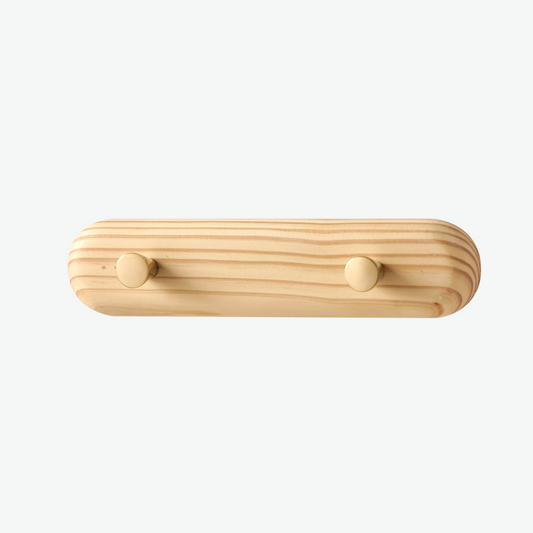Every piece of furniture we bring into our homes has a hidden footprint—measured not just in rupees, but in resources, energy, and emissions. In India’s fast-growing cities, where sustainable living is becoming a priority, understanding the environmental impact of furniture can help consumers make smarter, planet-friendly choices.
What Is the Environmental Cost of Conventional Furniture?
From the moment a tree is cut to the time a product reaches your living room, conventional wooden furniture passes through a high-impact lifecycle. Logging contributes to deforestation, wildlife habitat loss, and soil degradation. Manufacturing processes often involve energy-intensive machines, synthetic adhesives, and chemical-laden finishes that release toxins into the environment.
Transporting raw materials and finished goods across long distances adds to carbon emissions, especially when the furniture is mass-produced in one country and shipped globally. Once discarded, low-quality or synthetic furniture often ends up in landfills, where it can take decades to break down.
Why Recycled Materials Make a Difference
Recycled and reclaimed materials drastically reduce the demand for virgin resources. Using reclaimed wood, for instance, eliminates the need to cut down new trees. It also keeps valuable materials out of landfills and reduces the energy required for processing.
In urban Indian homes, furniture made from recycled industrial wood or old architectural salvage can offer the same durability and aesthetic appeal as new wood—while carrying a much smaller carbon footprint.
Key Environmental Benefits of Recycled Furniture
-
Reduces Deforestation
Choosing recycled wood supports forest conservation. Every tonne of reused wood prevents several trees from being cut down, helping preserve India’s natural biodiversity. -
Lowers Energy Consumption
Recycled materials generally require less energy to process than raw ones. This means fewer fossil fuels are burned, leading to a decrease in greenhouse gas emissions. -
Minimises Landfill Waste
Discarded furniture is a major contributor to solid waste. By using recycled materials, we extend the life cycle of existing resources and reduce the volume of waste headed to landfills. -
Promotes Circular Economy
Recycling encourages the reuse and repurposing of materials, supporting a system where products are continuously given new life instead of being disposed of after a single use. -
Improves Indoor Air Quality
Eco-friendly furniture made from recycled wood often avoids harmful chemicals like formaldehyde. This results in healthier indoor spaces—particularly important for urban Indian homes with limited ventilation.
How to Make the Right Choice
-
Look for furniture made from reclaimed or upcycled wood.
-
Choose brands that prioritise sustainability in design and manufacturing.
-
Ask about the origin of materials and the types of finishes used.
-
Prioritise durability and timeless design over fast-furniture trends.
Every time you select recycled over new, you're reducing your home's environmental impact while creating a space filled with character, history, and intention.

















